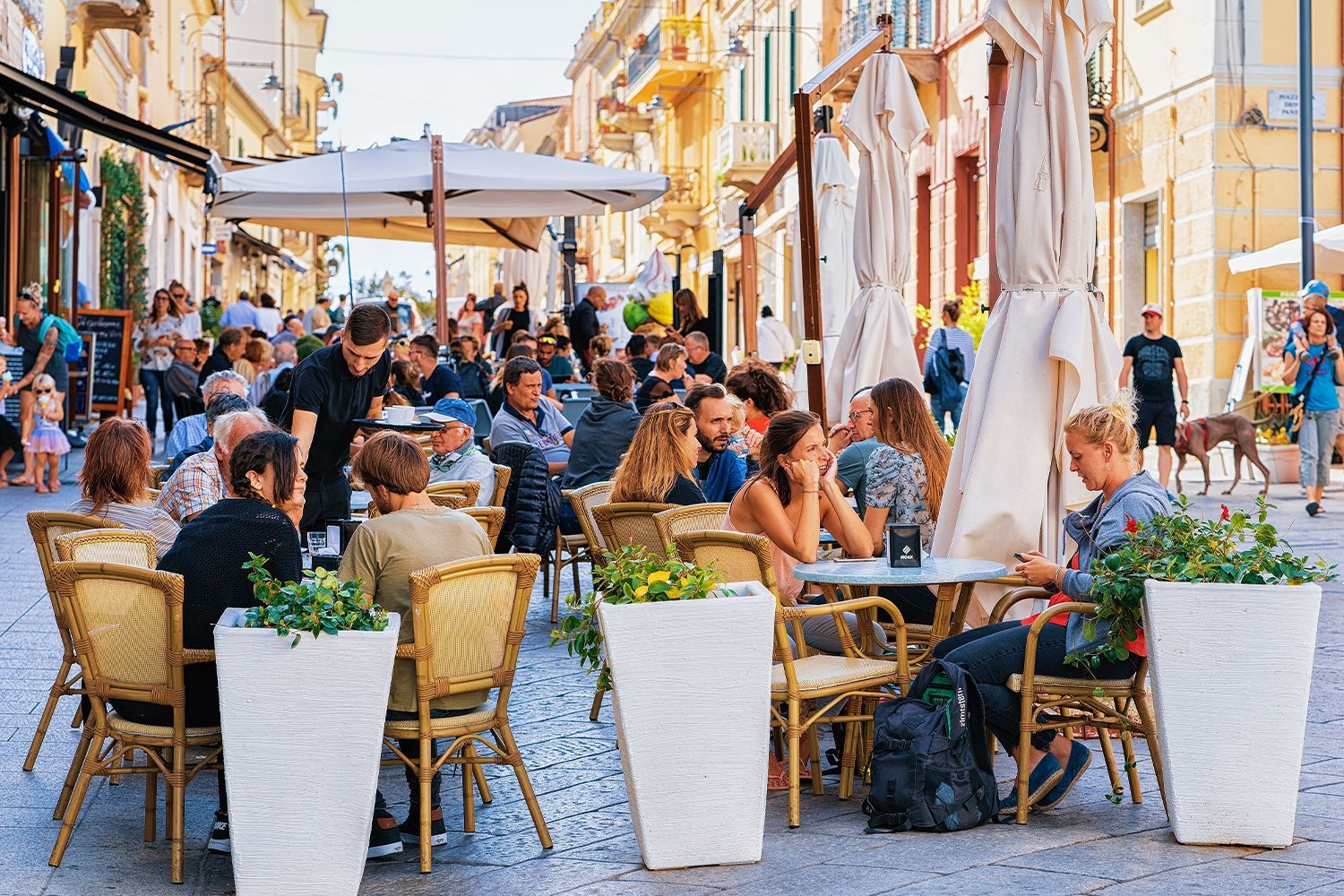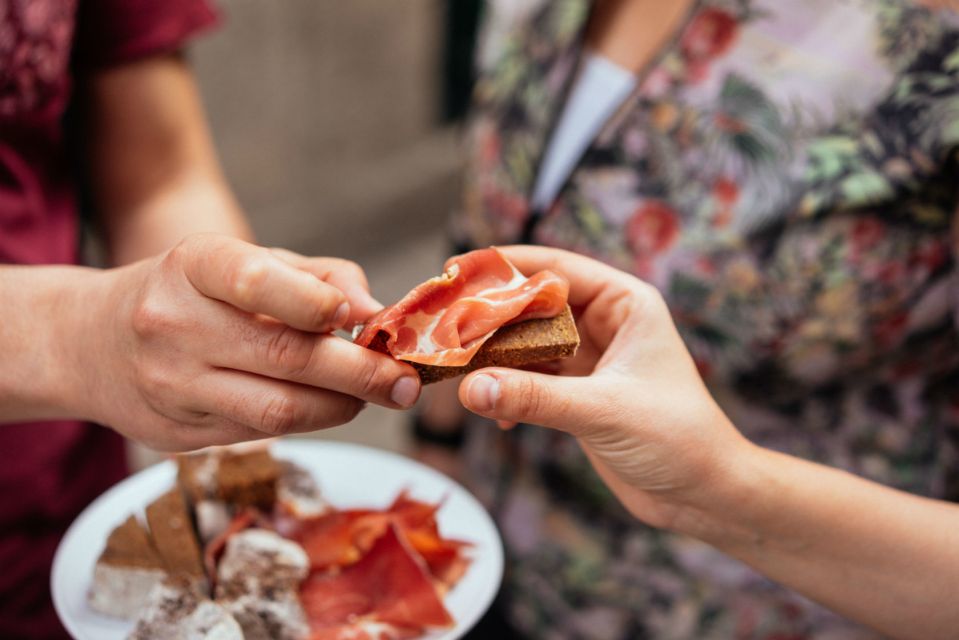Tapas are more than just food in Spain—they’re a way of life. From patatas bravas to jamón ibérico, these small plates are meant to be shared, savoured, and enjoyed alongside good company. However, in tourist-heavy spots like Barcelona, Madrid, and Seville, it’s easy to end up in overpriced, underwhelming tapas bars that cater more to visitors than locals.
To truly embrace tapas culture on your Spain holidays, you need to know where to go and what to look for. The best tapas bars have a few things in common—limited menus focusing on fresh, local ingredients, standing-room-only crowds, and a lively atmosphere where locals outnumber tourists. Avoid places with laminated menus in multiple languages or where paella is advertised all day (a clear sign of a tourist trap). Instead, look for bars where people are gathered around the counter, enjoying bite-sized delicacies with a glass of wine or a caña of beer. These are the places where you’ll taste the real flavours of Spain.
The holidays to Spain should include the culinary delights and savour them a lot. Their thoughtfully curated itineraries go beyond the usual tourist spots, ensuring that you experience Spain’s tapas culture like a local. Whether you’re seeking traditional pintxos in the Basque Country or classic Andalusian tapas, choose all-inclusive holiday deals by online agencies like Travelodeal that let you explore Spain’s best flavours stress-free.
The Location Tells a Story
The first clue is where the tapas bar is located. If it’s on a major tourist street, right next to famous landmarks, or in an area filled with souvenir shops, proceed with caution. While some well-known spots can still be authentic, many of them cater primarily to tourists with inflated prices and generic menus.
Instead, take a detour into side streets and hidden alleys, where locals gather. In cities like Madrid, avoid bars near Plaza Mayor and instead explore La Latina or Lavapiés, where you’ll find lively, traditional tapas bars. In Barcelona, venture beyond Las Ramblas and head to Poble-sec or Gràcia, where authentic tapas culture thrives.
Look at the Crowd
One of the easiest ways to identify a real tapas bar is by checking out the crowd. If the place is full of tourists with menus in multiple languages, it’s likely a spot designed for visitors rather than locals.
Authentic tapas bars are often bustling with Spaniards, speaking loudly, standing at the bar, and casually enjoying their drinks and small plates. These are the places where you’ll find generations of families, groups of friends, and solo locals sipping vermouth while chatting with the bartender.
A Proper Menu
A true tapas bar won’t have an extensive, picture-heavy menu filled with tourist-friendly dishes like “paella for one” (paella is a dish meant to be shared and is rarely found in tapas bars). Instead, you’ll see a small, handwritten menu on a chalkboard or no menu at all—locals already know what to order, and the options often change daily based on what’s fresh. Enjoy your holidays in Spain in traditional tapas spots.
Tapas Quality
Authentic tapas focus on fresh, high-quality ingredients rather than elaborate presentation. If you see huge portions of paella, frozen croquettes, or microwaved dishes, it’s likely a tourist trap. Real tapas bars pride themselves on simple but flavorful plates—a plate of thinly sliced jamón ibérico, fresh anchovies in vinegar, or perfectly cooked tortilla española.
In coastal cities like San Sebastián and Cádiz, seafood tapas should be fresh and seasonal, not frozen or mass-produced. If the tapas look too uniform or pre-made, it’s best to move on.
Price
A real tapas bar won’t overcharge you, but it also won’t be suspiciously cheap. If you see tapas prices that are significantly higher than in local supermarkets, you’re likely in a tourist trap. At the same time, if a bar offers a full tapas meal for an extremely low price, the quality is probably compromised.
In general, a tapa should cost between €2-€5, and a small glass of wine or beer should be around €1.50-€3, depending on the city.
The True Tapas Experience
At its core, tapas culture is about socializing, enjoying simple yet delicious food, and embracing the relaxed rhythm of Spanish life to enjoy holidays in Spain. The best way to experience it is by hopping from bar to bar, ordering small bites, and soaking in the lively, unpretentious atmosphere.


